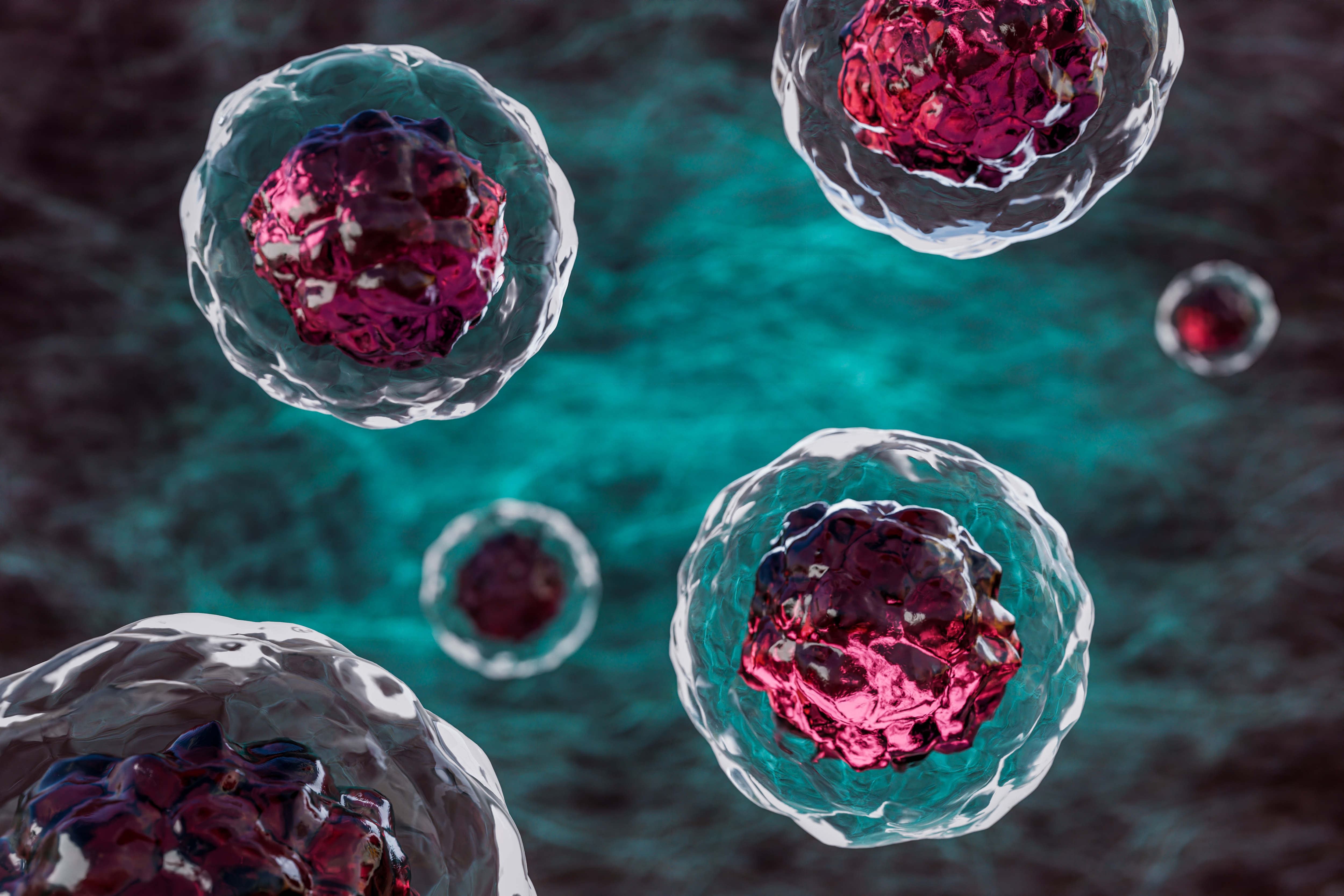Create a free profile to get unlimited access to exclusive videos, sweepstakes, and more!
There are stem cells in your urine, and they could regenerate your own tissues
You'll never look at your toilet the same way again.

When Rick O’Connell (Brendan Fraser) and Evelyn Carnahan (Rachel Weisz) encountered Imhotep in 1999’s The Mummy, they were justifiably terrified by his penchant for unleashing plagues and stealing the tissues of other people for his own regeneration. Still, it’s hard not to be envious of someone who can reclaim their youth thousands of years later by leaning on younger tissues.
While Imhotep’s rejuvenation was the result of ancient magic, there is a real-world analogue in the field of biology which has the potential to undo some of the ravages of being human. Stem cells are an important avenue of clinical research. They've even been used to regrow limbs in animals, but when they first entered the public consciousness they were mired in controversy, due in no small part to how they were harvested.
Stem cells work their magic by being undifferentiated, a state which is most common in embryos. Early in an embryo’s development it’s made up of mostly undifferentiated cells, meaning they still have the potential to become just about anything. Only later do they become programmed to make up part of an organ, bone, or any one of the many other tissues that comprise a person. Getting our hands on those undifferentiated cells opened up new medical therapies but many people were uncomfortable with getting them from embryos, even if those embryos were never going to become a person.
In recent years, continued research revealed other ways of getting stem cells which didn’t require the use of embryos, and scientists even figured out how to turn back the clock on some specialized cells, making them pluripotent again.
Despite those incredible advances, when we need to get our hands on stem cells today, we often have to go digging for them inside bone marrow or fat. Those procedures can be invasive, painful, and less than pleasant for the patient. It’s worth it, however, if it means saving a person’s life. The days of cutting into someone to get to their stem cells may soon be over, though.
Scientists from the Institute for Regenerative Medicine at Wake Forest University, and colleagues, discovered the existence of stem cells in human urine and confirmed their regenerative potential. Their findings were published in the journal Frontiers in Cell and Developmental Biology.
Gathering stem cells from urine offers some pretty obvious advantages over previous methods. Largest among them are eliminating the need for invasive surgeries. While urinating in a doctor’s office or even having a catheter aren’t the most comfortable experiences, they beat a meeting with a scalpel every single time.
Researchers found that collecting urine over a 24-hour period results in approximately 140 clonal stem cells. That’s not a whole lot, but they proliferate quickly. In the lab, scientists observed those same 140 cells expanding to more than 100 million over a period of three weeks.
Their most recent research looked into the telomerase activity of urine-derived stem cells (USC). Telomerase is an enzyme which is critical for the regeneration of cells and differentiation into other cell types. They confirmed that telomerase-positive USCs have the potential for regeneration and the ability to differentiate into other cell types. Importantly, they also found that they do not form teratoma, a complex form of tumor, making them a safe source of cells for clinical applications.
Continued research is needed before we’ll be able to use urine-derived stem cells in a hospital setting, but their discovery means we’ll no longer be flushing a valuable medical resource down the drain.


























